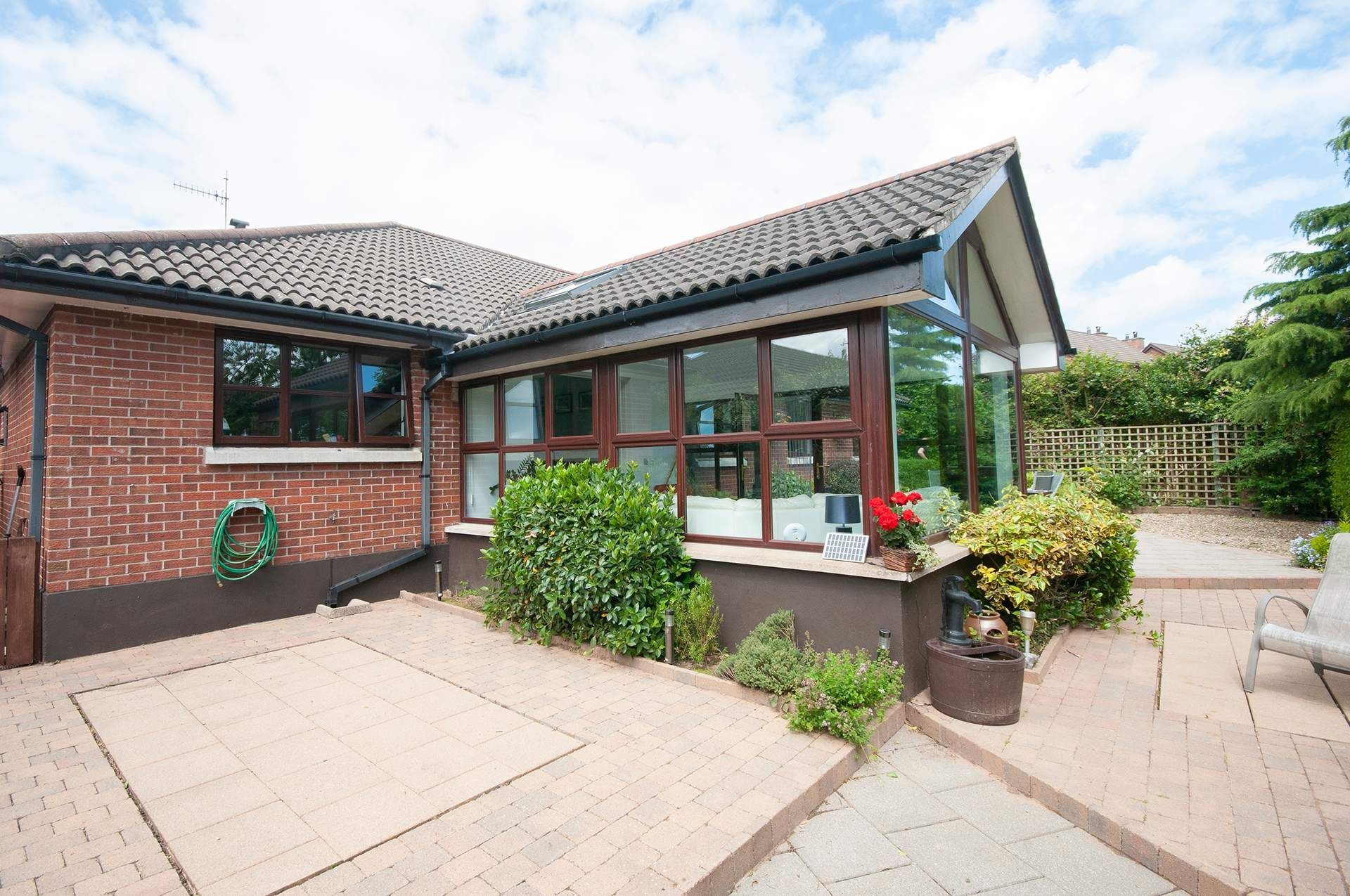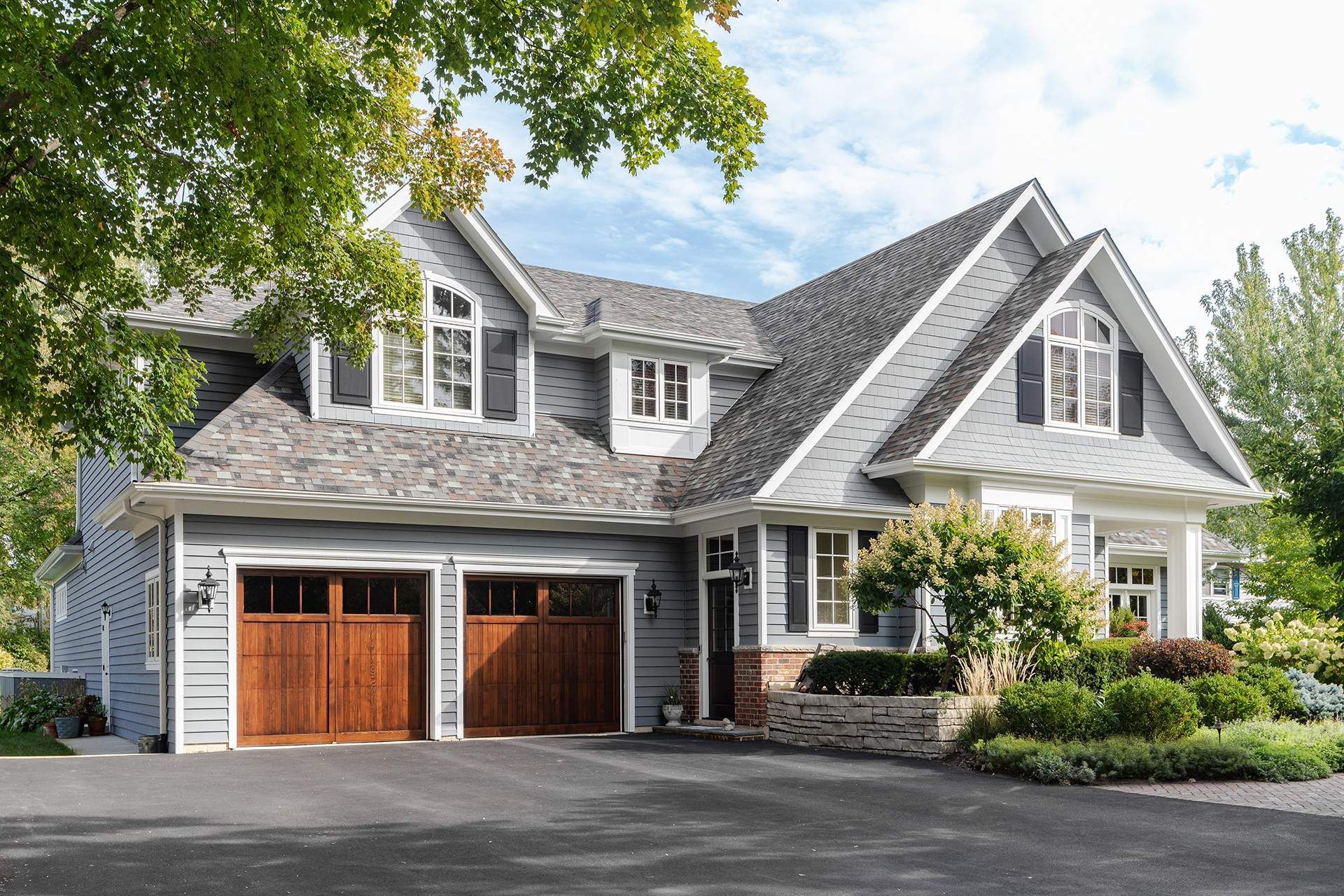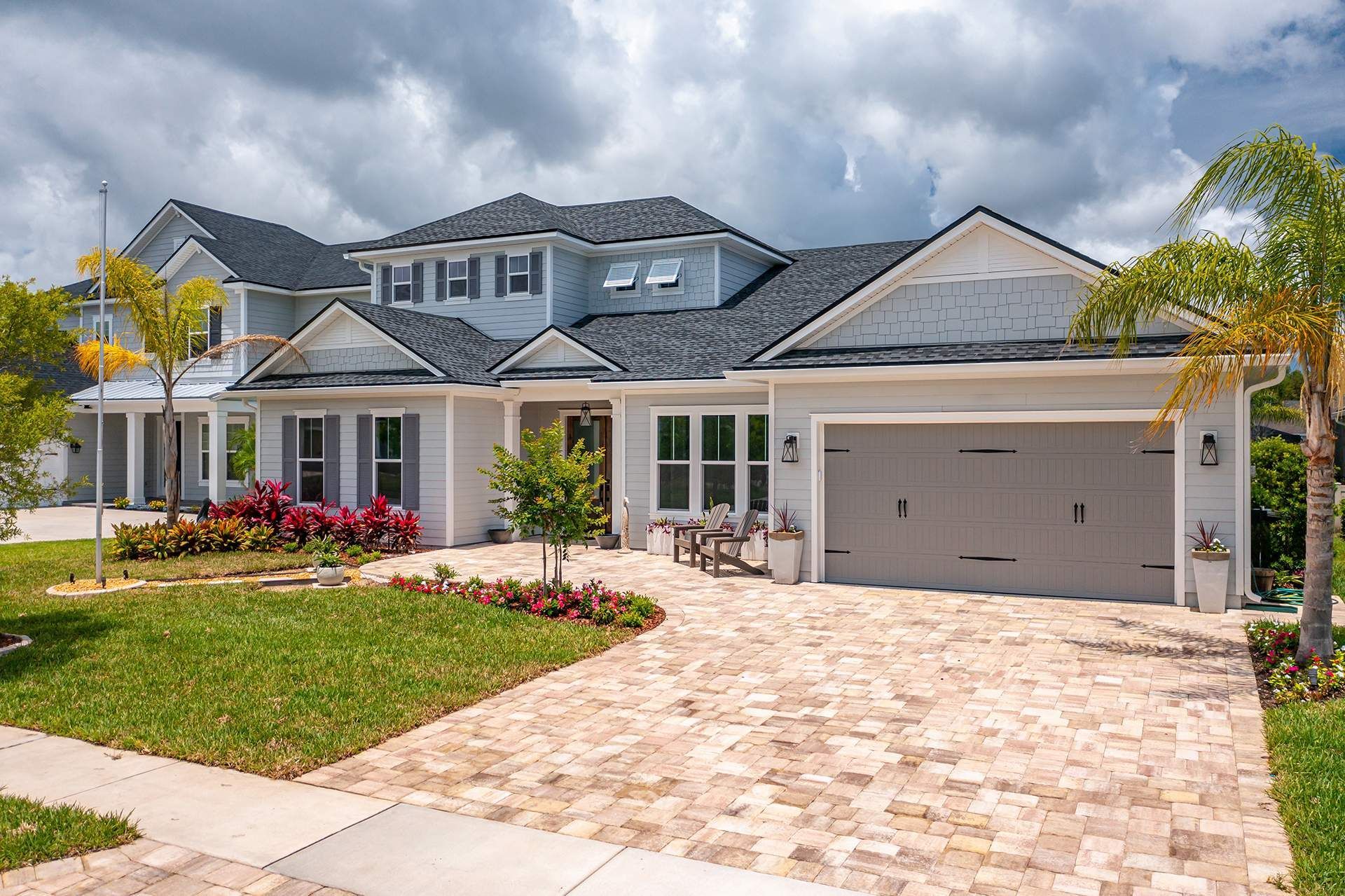Residential Roofing
At PRS General Contracting, we know that busy schedules make it challenging to navigate construction projects alone. Our goal is to make this process easy and seamless by building trust from the start. Each project we take on is led by a dedicated project manager, who serves as your point of contact and guide through every phase. From your first free inspection to final project approval, our team will be by your side. Here’s what you can expect from us:
- Expert Insurance Navigation: We’ll assist you in understanding and navigating the insurance claims process, maximizing your benefits.
- On-Site Adjuster Meetings: Our project managers meet directly with adjusters to ensure all aspects of your roof’s condition are properly documented.
- Quality Assurance: We prioritize quality control on every project, using only the best materials and verified installation practices.
Your roof serves as the primary barrier against environmental hazards, preventing water damage, structural issues, and temperature loss. To maintain this critical part of your home or business, regular inspections and timely maintenance are essential.
3 Essential Things to Know About Your Roof
What is the condition of your roof?
In order to make sure your roof is up to the task of protecting your property, you should have it inspected annually by a certified Roofing Inspector. Even roofs that are only a few years old should be inspected, as a just one singular extreme weather event can compromise it. Early diagnosis can help prevent significant costly damage in the future.
Our Roofing Inspectors will evaluate the following items:
- Signs of wear and tear
- Leaves, dirt, and debris, especially in gutters
- Clogged downspouts
- Cracked roof tiles or shingles
- Damaged flashing
- Leaks around skylights and chimneys
- Punctures or holes in the roof
- Exposed nails
- Soft or ballooned areas
- Joint Seals
Any other components/function or structure associate to your particular roof type
What repairs (if any) need to be done?
Once our inspector completes the multi-point evaluation, you’ll receive a clear report detailing the health of your roof, the estimated remaining lifespan, and any specific concerns related to repair or maintenance.
Prolonging a roof’s life significantly can be done with maintenance avoiding more expensive repairs down the line. Our goal is to give you the knowledge and options to keep your roof protecting your home.
What options do I have and what is the cost?
After assessing your roof, we’ll work with you to determine the best options based on your priorities and budget. For instance, if you plan to keep your property long-term, an investment in a higher-quality, longer-lasting roof may make more sense than a short-term solution. We present your choices, including different materials, warranty options, and cost estimates, helping you make an informed decision that works within your budget.
Taking a collaborative approach, we'll walk you through available options, timing and cost.
Important note: In most circumstances, roofing damage caused by weather events is covered by your insurance company. Unfortunately for some customers, they wait until it's too late to take action. If a claim is not filed within a certain time frame, your insurance company can deny coverage. This leaves the property owner to absorb the full cost of repairing or replacing their roof. If you have related storm damage, our experts will get your insurances approval for replacements when they are due.
How Long Should a Roof Last?
This is one of the most frequently asked questions of our customers, it's also one of the most difficult ones to answer without conducting a visual inspection of the roof. Under ideal conditions, roofs can have an effective service life ranging from 15 to 45 years.
However, due to certain factors, some roofs may be compromised after only a few years. Once compromised, a roof can no longer effectively protect a property and if issues are left unresolved, significantly and costly damage can occur.
5 Factors That Will Impact the Service Life of Your Roof:
- The TYPE of ROOF you have
- The QUALITY of the MATERIALS used
- The QUALITY of the INSTALLATION
- The AGE of the roof and ENVIRONMENTAL conditions
- The PROPER FUNCTION of supporting components and systems
The Type of Roof You Have
The type of material used for your roof has a dramatic impact on the service life of your roof. Asphalt shingles, the most common roof type in the Houston area, typically last 15 to 30 years. These are generally the most affordable roof option. Moving up to a metal roof, you can expect a 30 to 45 lifespan, but at a significantly higher cost. Last option for most residential roofs is tile roofing.
These roofing systems are the most expensive option, due to the cost of materials and the additional structural reinforcement necessary to support the heavier weight. The higher investment for this type of roof will yield the longest service life, ranging from 35 to 50 years. Spanish tile can last up to 70 years in the right conditions.
The QUALITY of INSTALLATION
As with most industries, the quality of service can vary greatly, roofing is no different. Unfortunately, if a roof is not installed correctly or using the right materials and components, even the best constructed and designed roof system can experience a shorter life span and ultimately fail.
PRS General Contracting believes in doing a job right the first time and delivering the same quality of workmanship to our customers that we would our friends and family. We understand that individual roofing components (e.g. shingles and underlayment) need to compliment and work with each other to deliver maximum protection and service life.
The QUALITY of MATERIALS used
As we discussed, different roof types have different service lives. You'll also see huge swings in ranges of service life within the same type of roofing system. Take for instance asphalt shingles, the quality of materials, manufacturer and design of the shingle can significantly shorten or extend the lifetime of the roof.
Unfortunately, some roofers will use whatever shingles are cheapest, regardless of quality or manufacturer, often mixing and matching materials that don't function well together. PRS General Contracting uses only the best roofing materials because we know that the quality of materials and manufacturing process are of the upmost importance for longevity.
Asphalt Shingles
As mentioned earlier, shingle design can also dramatically impact a roof's ability to protect your home for a longer term. Specifically, asphalt shingles come in two configurations, the common and least expensive 3-tab version and the upgraded and better performing Architectural design. 3-tab shingles are cheaper, because they are relatively thin and made up of a single layer of materials. Architectural shingles, however, have two asphalt shingles stripes laminated together. This layering creates a shingle that is better suited to hold up against the elements. When hail hits a 3-tab shingle, the damage is typically much more significant than with an Architectural type.
3-tab shingles usually weigh about 40% less, so they are more easily picked up by high winds. Most are rated for wind speeds up to 60 mph; while Architectural shingles weigh more and are rated for wind speeds up to 80-120 mph. We routinely see winds north of 65 mph in the Greater Houston area market and is one of the leading causes of damage to 3-tab roofs.
At PRS General Contracting we install/upgrade to architectural shingles as standard, ensuring your piece of mind.
The AGE of the Roof & ENVIRONMENTAL Conditions
Even the highest quality roofing systems and quality installation can't offset the effects of a roof aging. Like most things, roofing materials begin to lose their effectiveness as the years tick on. A roof shingle that was once a pliable and resilient shingle will eventually become rigid and fragile. Environmental factors, such as high heat, heavy rains, winds and hail can significantly shorten a roof's lifespan and accelerate failure. Take a 3-tab shingle as an example.
You have an already thin material that is more likely to be lifted up by heavy winds. Now, imagine that 3-tab roof after it has gone through a few 90 degrees plus summers. The shingle material is already starting to lose some of its resiliency and when a heavy wind hits the roof, it's more likely to lift and crease, creating potential for a leak. Add a few more summers and that same shingle may start to split and crack as the shingle becomes more and more brittle.
5 Factors That Affect Roof Longevity
Roof Type
Different materials impact a roof’s lifespan. For example, asphalt shingles are widely used and typically last 15-30 years. Metal roofs, which offer greater durability, last 30-45 years. Tile roofs, including Spanish tile, are heavier, more costly, but can last up to 50-70 years with proper maintenance.
Material Quality
Within each roof type, the quality of the materials is critical. At PRS General Contracting, we use only the best roofing materials. Architectural shingles being our baseline for quality; offering superior wind and impact resistance compared to standard 3-tab shingles. Using quality materials not only extends the roof’s lifespan but also provides peace of mind with longer industry warranty periods.
Installation Quality
Proper installation is essential to roof performance and longevity. PRS General Contracting follows stringent installation guidelines that ensure every component of your roof works in unison for maximum protection and durability.
Roof Age and Environmental Conditions
All roofs age over time, with environmental factors such as high heat, heavy rain, wind, and hail accelerating wear. As shingles age, they can become brittle, making them more susceptible to lifting, cracking, and leaks. Regular inspection and maintenance can help mitigate these effects and extend your roof’s life.
Supporting Components and Systems
Supporting systems, such as attic ventilation and guttering, play a vital role in your roof’s lifespan. Proper ventilation regulates attic temperature, preventing damage from excessive heat in the summer and moisture buildup in the winter. Inadequate ventilation can cause shingles to warp and weaken, reducing their effectiveness. Our inspectors ensure that all related systems, including gutters, are functioning properly to safeguard your roof.
How Long Should a Roof Last?
Customers frequently ask about roof longevity, but the answer varies based on a range of factors, including roof type, installation quality, and local weather. Generally, a roof’s service life ranges from 15 to 45 years, but under certain conditions, it may require attention sooner.
REQUEST A CONSULTATION
We will get back to you as soon as possible.
Please try again later.
8000 Research Forest Dr
PMB 1273 The Woodlands, TX 77832
Monday - Friday 8am - 5pm



